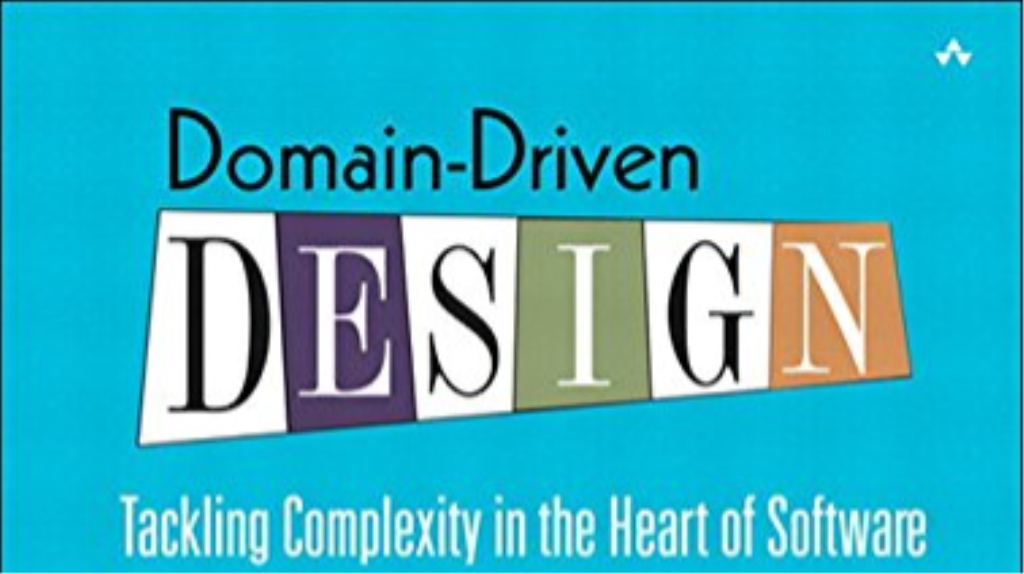
WE ARE SHARING
OUR EXPERIANCE.
BELIEVE THE POWER OF SHARE
BLOG

Domain Driven Design(DDD)
Domain Logical Design can be called domain-driven design even if it does not meet the meaning of Turkish counterpart. We can define DDD as a software approach to achieving complex needs by linking application to a developing model.
The purpose of field-oriented design is as follows:
# Place the primary focus of the project on the master domain and domain domain.
# To base complex designs on the field model.
Initiate a creative collaboration between technical and field specialists to reiterate a conceptual model that addresses specific field issues.
Alan Logistic Design was written by Eric Evans as a book. The author told us about some of the concepts in the book entitled Logistical Design. When we talk about these concepts in short:
Context: The word that determines the meaning of the word or phrase.
Domain: A domain of information, influence, or activity. The subject field that a user applies to a program is the area of the software.
Model: An abstraction system that identifies selected aspects of an area and can be used to solve problems related to that area.
Ubiquitous Language: A language that is structured around the domain model and used by all team members to bind all activity of the team.
Strategically focused design is ideally to have a single unified model. Although this is a noble goal, in reality more than one type is typically used. It is useful to know and work with this living truth.
Strategic Design is a set of principles for maintaining model integrity, distilling the Domain Model and working with multiple models.
The field of Logistic Design has limited content in the subject and should be. When combined with codes based on different models, the software becomes buggy, unreliable and difficult to understand. Communication between team members is confusing. It is not usually clear what context a model should not implement.
the context in which a model is valid is clearly defined.
We are not mistaken if we have briefly mentioned the Domain Driver Design book of Eric Evans, and under the heading of the author's book, "Defying the Complexity at the Heart of the Software," he defined the purpose of the book with a single word. DDD is not a book about specific technologies.
It provides readers with a systematic approach to field-oriented design and provides basic principles that facilitate the development of a comprehensive set of design best practices, experiential techniques, and software projects that face complex areas. Field-oriented design, such as intertwining design and development practice, includes numerous examples based on real projects to demonstrate real-world software and development applications.
It teaches readers to use a domain model to make the complex development effort more focused and dynamic. The best practices and a foundation of standard patterns provide a common language for the development team. Emphasis on the model that forms the basis of the code, not just the code, leads to a more in-depth and better understanding of the communication between field specialists and programmers, along with the frequent repetition of agile development.
Domain-Driven Design then relies on this foundation and deals with modeling and design for complex systems and larger organizations.
With this book, object-oriented developers, system analysts, and designers will have the guidance they need to organize and focus their work, create rich and useful field models, and transform those models into quality and long-term software applications.
Welding press;
For definitions and concepts: https://www.wikipedia.org
For information and a summary of the book: https://www.kobo.com
